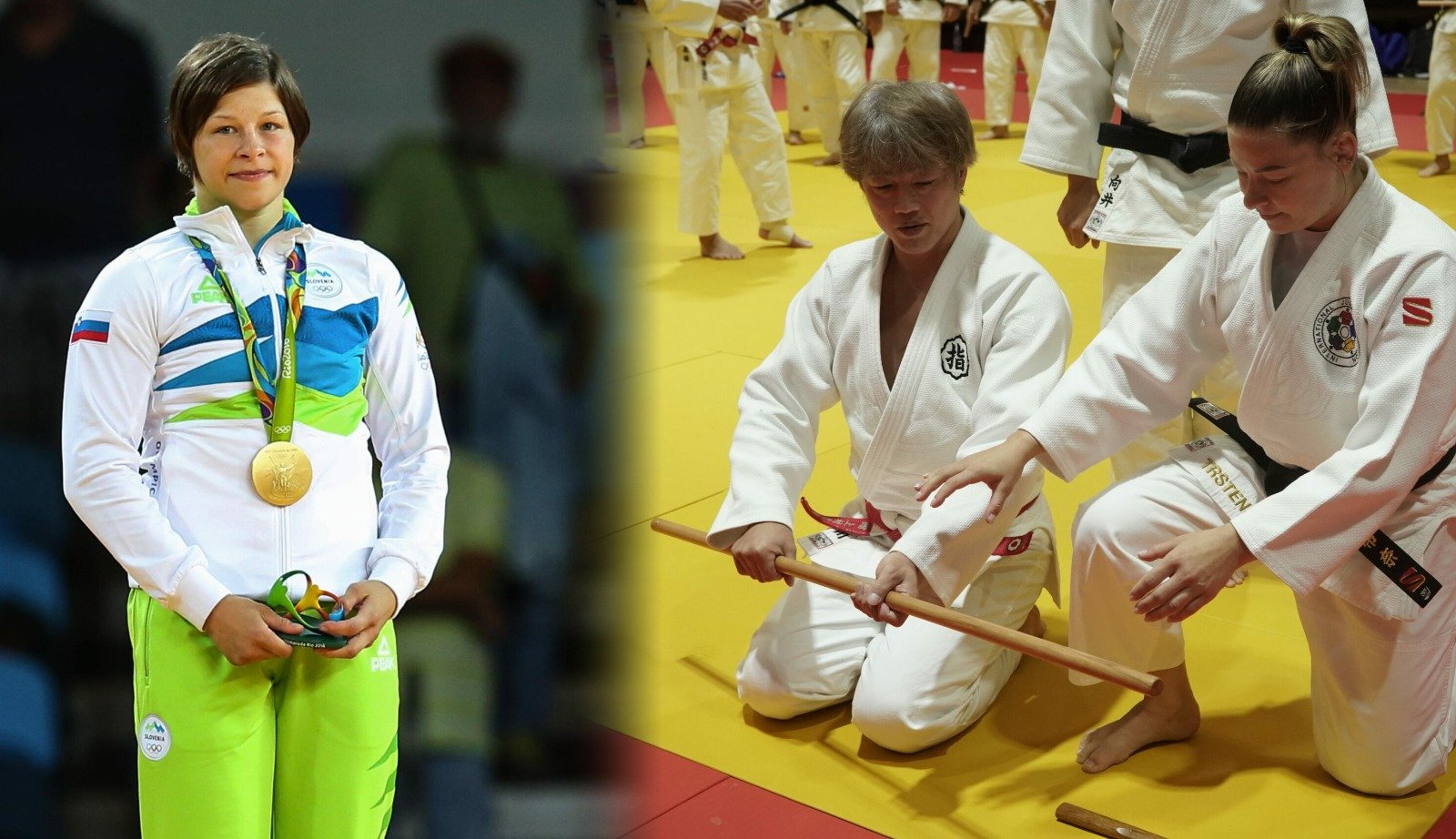Renowned for her illustrious career in competitive judo, Olympic, World and European champion, Tina TRSTENJAK has been embracing a new challenge in recent years: mastering Kodokan kata through her role in the IJF Academy. Despite her outstanding elite career, there were no bypass or corners cut, she embraced the journey with complete professionalism. In this insightful interview, Trstenjak opens up about her transition between shiai to kata, reflecting on her evolving understanding of judo and the value kata brings to her journey.
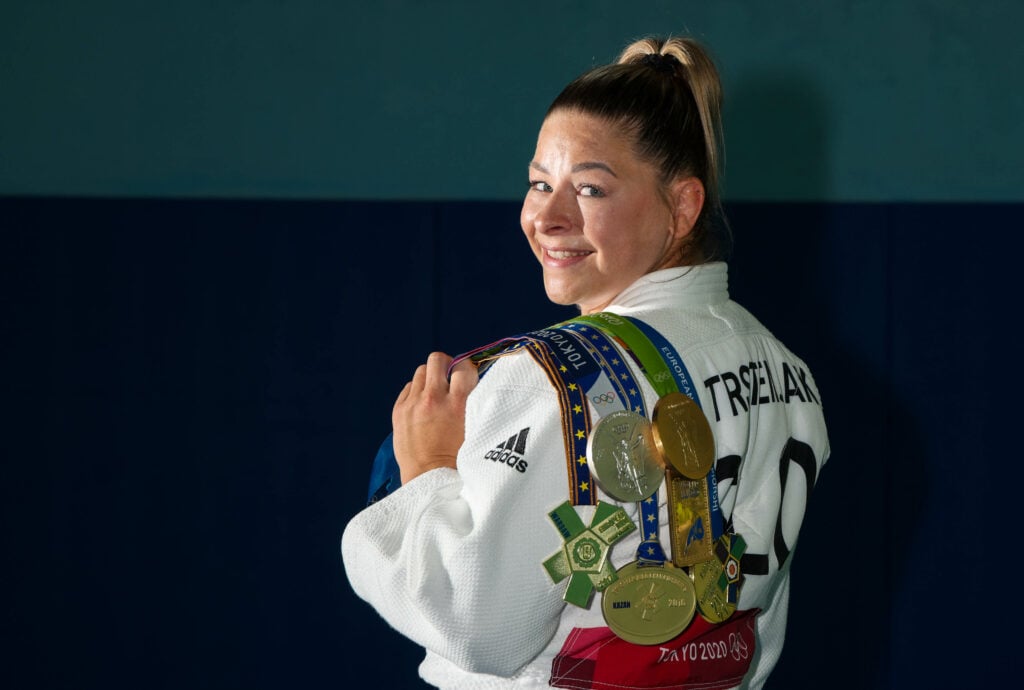
From Shiai to Kata: Expanding the Judo Horizon
In the world of judo, “shiai” (competitive fighting) is often seen as the ultimate stage, where grit, skill, and tactical prowess are put to the test. Tina excelled in this arena, dedicating her career to training the Kodokan-classified techniques and her favourite moves, known as Tokui-waza, in both standing and groundwork. These efforts led her to Olympic, World, and European titles. Yet, kata was not in her spotlight then…
When I was competing at the elite level, kata wasn’t my focus. I was fully invested in perfecting techniques for competition.
Tina highlights the impact of this specialised training on her career, acknowledging that her precise focus brought her medals. However, her recent journey into kata has revealed new layers of judo that go beyond the competitive tatami. It was through the IJF Academy that Tina’s frame of mind on kata started to shift. Her exposure to seasoned Olympic and World Championship instructors, along with Kodokan experts, has given her a chance to study judo in a completely new way.
I used to lack confidence in the true meaning of kata but the IJF Academy provided me an invaluable opportunity to dive deeply into all aspects of judo, particularly kata. My perspective on kata has transformed, and now I am actively learning and performing all five Kodokan-recognised competition kata. It has been an eye-opening journey.
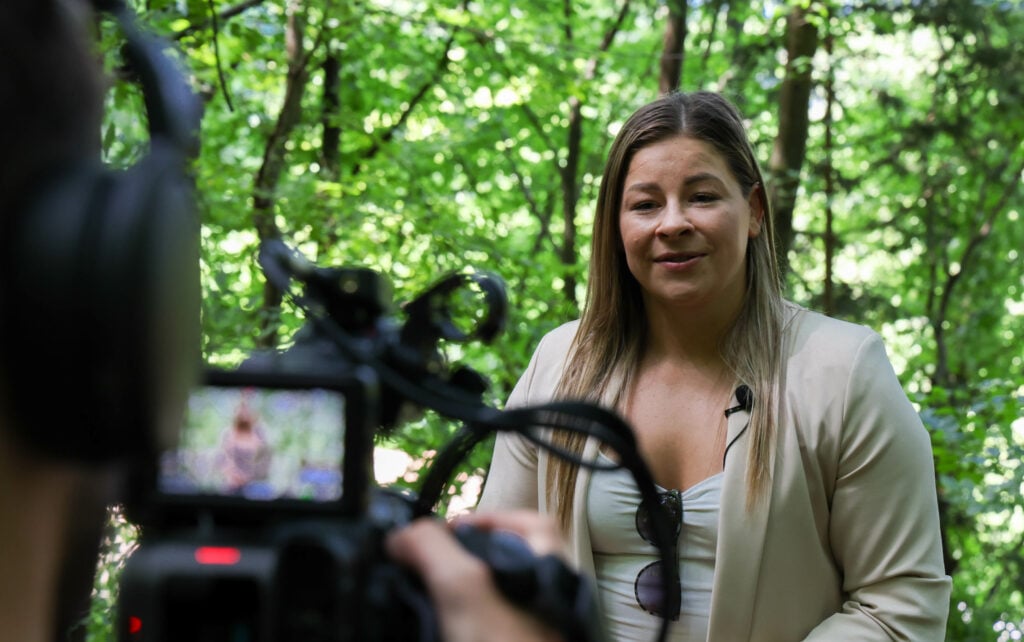
Challenging the Misconceptions Between Kata and Shiai
Among judoka, there are often divided opinions on kata versus shiai. Many dismiss kata as less essential or even as a lesser practice compared to competitive shiai. Tina encourages a more balanced stance.
Those who have trained and competed in shiai have a strong understanding of it, just as those dedicated to kata understand its value. Both require commitment and bring unique strengths to one’s judo journey. It is not about one being better than the other, but rather about recognising the distinct value each brings.
As Tina progresses in her kata journey, she has already completed Kodokan Goshin-jutsu, and she is steadily working her way through the remaining kata. Her journey through kata includes Nage-no-Kata and Katame-no-Kata (collectively known as Randori-no-Kata), which she describes as a strong foundation for beginners. She has also explored Ju-no-Kata, focusing on the flexibility it encourages, and has dedicated time to learning Kime-no-Kata and Kodokan Goshin-jutsu, the self-defense techniques within Kodokan judo. As a true champion, she strives to challenge herself and excel in every aspect.
My ultimate goal is to demonstrate all five Kodokan competition kata by the end of 2025, and I am hoping to complete Kime-no-Kata by the end of this year. By achieving this, I want to show that even Olympic and World Champions can excel in all aspects of judo, including kata, thus contributing to the global development of the sport.
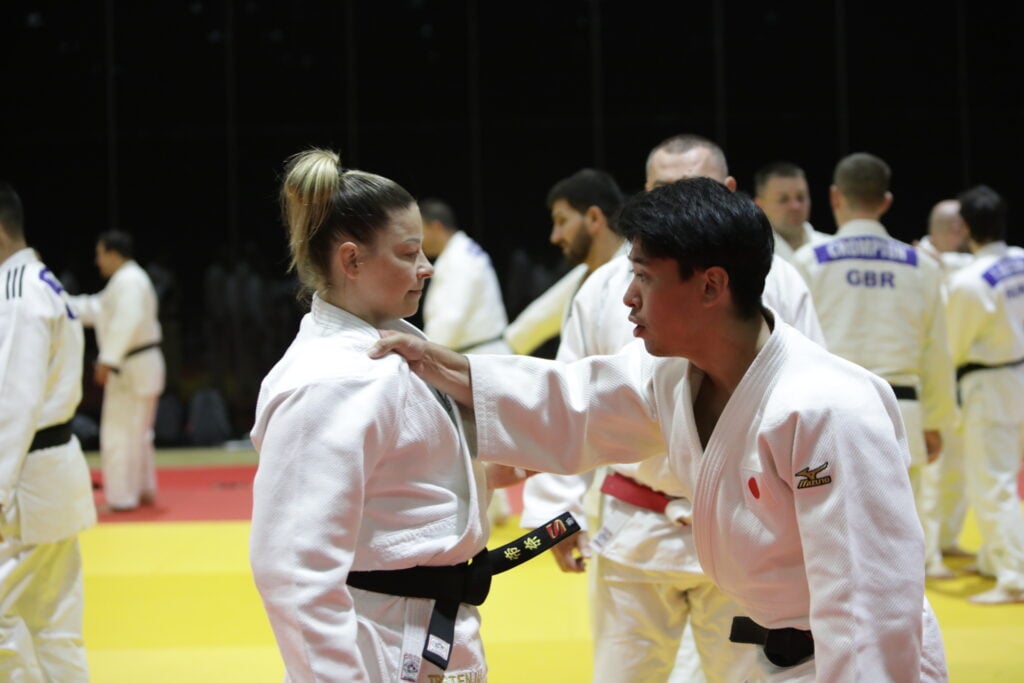
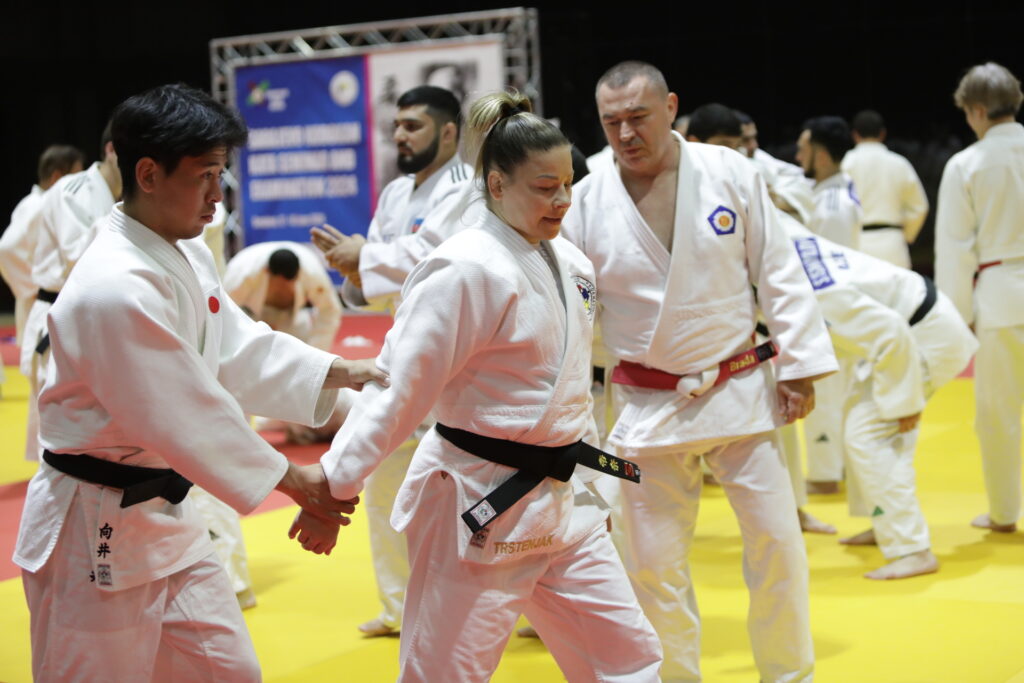
The Role of an Olympic Champion in Kata Practice
Reflecting on her current role as a mentor in kata, Tina believes that her background as an Olympic champion enriches her contribution to kata studies and the IJF Academy.
Learning, studying, and performing kata, whether in the IJF Academy, Kodokan courses, or the Slovenian Judo Federation, has deepened my appreciation of judo’s values. This practice not only enriches my personal judo education but also enables me to pass on knowledge to the next generation. Kata has taught me the importance of connecting with judo’s history and traditions holistically, which, in turn, enhances my role as an educator.
Tina’s journey in kata has shown her that success isn’t only measured by medals but also by the impact on others. Her personal insight underscores the dual role of kata practice as both, personal fulfilment and a means of passing on knowledge to the judo community.
Professional kata practice can be quantified by achievements in competitions but it’s equally important to look at how many students you have inspired or taught.
When asked if there’s a competition between kata and shiai, Tina is clear that both are necessary for a complete judo education.
Kata and shiai are like the wings of an airplane. Both are essential and work together to give balance to a judoka’s skills and knowledge.
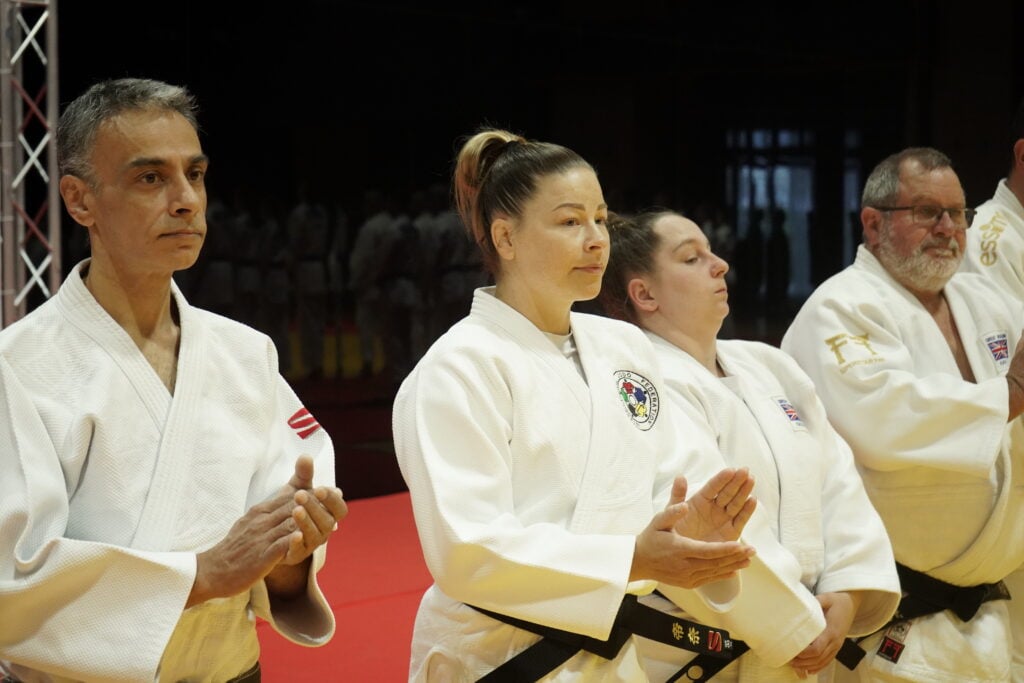
The Lasting Benefits of Kata
Tina’s message for aspiring judoka is simple: kata is essential for a full understanding of judo.
For a deeper understanding and a complete education in judo, learn kata. It will enhance your grasp of judo techniques, principles, and values in ways you might not expect.
Tina’s journey from elite shiai competitor to kata professional exemplifies the importance of embracing judo in its entirety. Her experiences illuminate the complementary nature of kata and shiai, inspiring judoka worldwide to see kata not as a secondary aspect of judo but as an essential part of its practice. In her pursuit of mastering all five Kodokan kata, Tina is adding her voice to the evolution of judo, championing a holistic approach that preserves its heritage while nurturing the next generation.
Images: Gabi JUAN / Dino SECIC
Author: Szandra Szogedi



